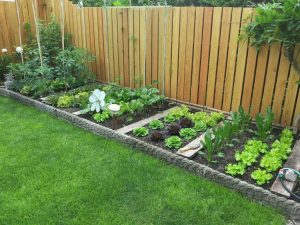
Calathea plants, also recognized as prayer plants, are treasured for their exquisite, vividly hued leaves and distinctive patterns. Hailing from the lush rainforests of South America, these tropical perennials are ideally suited for life as indoor plants. Their remarkable foliage and ease of care make Calathea plants superb additions to any indoor plant collection.
Lighting Essentials for Calathea Plants
Calathea plants thrive in bright, indirect light while being sensitive to direct sunlight. Position your Calathea near a well-lit window, ensuring it’s shielded from the sun’s intense rays. In cases of inadequate natural light, you can supplement with fluorescent lighting to meet their needs.

Watering Guidelines for Calathea Plants
Coming from tropical rainforests, Calathea plants require consistent moisture. Keep the soil from drying out completely, but exercise caution to prevent overwatering and potential root rot. A general rule of thumb is to water your Calathea when the top inch of soil dries. Employ pots with adequate drainage to avert water accumulation and root issues.
Optimal Humidity for Calathea Plants
Calathea plants are natives of a high-humidity environment, necessitating elevated humidity levels for their well-being. To maintain the requisite humidity, you can introduce a humidifier nearby or position the pot atop a tray filled with pebbles and water, generating a humid microclimate beneficial for the plant’s growth.
Temperature Preferences for Calathea Plants
Calathea plants thrive in warm conditions and are intolerant of cold drafts. Keep your Calathea in a room with temperatures ranging between 65-85°F (18-29°C). Guard against exposure to chilly windows or air conditioning units to prevent leaf damage.
Fertilizing Your Calathea Plants
Calathea plants don’t demand frequent fertilization and can be fed every 4-6 weeks during the growing season (spring and summer). Choose a balanced, water-soluble fertilizer, diluting it to half strength before application. Vigilance is crucial, as over-fertilization can lead to leaf burn and discoloration.
Potting and Repotting Calathea Plants
Calathea plants thrive when slightly pot-bound, reducing the need for frequent repotting. Repotting should be undertaken every 2-3 years or when the plant outgrows its current pot. Utilize well-draining potting mix, preferably peat-based, and plant the Calathea at the same depth as its prior location.
Pest and Disease Management
Calathea plants are relatively resilient to pests and diseases, yet they can be susceptible to mealybugs, spider mites, and scale insects. To thwart potential infestations, regularly inspect your Calathea for any signs and act swiftly if intervention is needed.
Propagation of Calathea Plants
Calathea plants are easily propagated through division. Spring or summer, when the plant is actively growing, is the optimal time for division. Gently remove the plant from its pot and separate individual clumps of roots and leaves. Replant each clump into its own pot, followed by thorough watering.
Pruning Calathea Plants
Calathea plants necessitate infrequent pruning. Trim yellow or damaged leaves to uphold their healthy appearance. You can also pinch back the tips to encourage denser growth. Use sharp, clean scissors to prevent harm to the plant.
Conclusion
Calathea plants are captivating and distinctive indoor greenery that infuse a touch of tropical splendor into any indoor setting. With dedicated care and attention, they flourish, offering delight to their caretakers for years. Remember to provide bright, indirect light, maintain consistent moisture, ensure high humidity, and provide a warm environment to witness your Calathea’s flourishing. Happy gardening!






